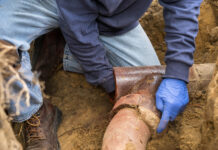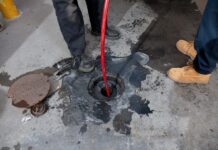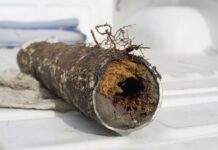
Welcome to this year’s edition of the 2025 guide to possible causes of a leaky faucet and how to fix them! We’ve done our best to compile the latest information on all things plumbing, so you can tackle any faucet repair with ease. So put your plumber’s cap on, grab your wrench, and let’s get started!
The most common causes of a leaky faucet
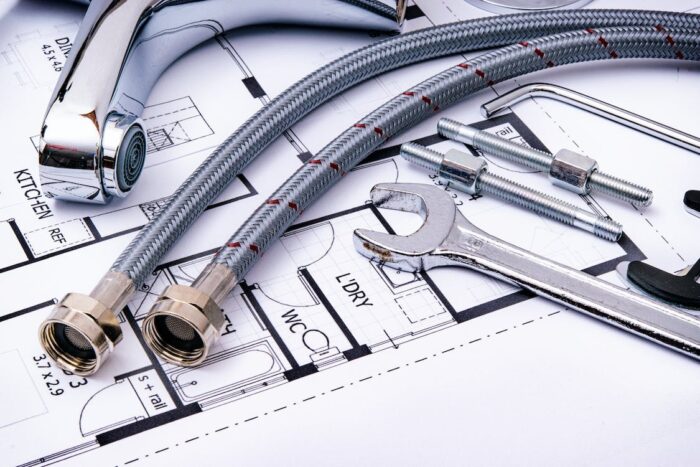
Most types of faucets are constructed in much the same way and tend to suffer from similar types of problems. J. Butler Management explains the most common cause of a leaky faucet is a worn-out washer. A small rubber washer fits in the spigot, and it seals out water when the faucet is off. Over time, the washer can become worn or otherwise defective and start to leak, making it necessary to replace it.
Leaky faucets can also occur due to corroded pipes within your walls. If you’ve had your plumbing in place for many years without maintenance, there’s a chance that rust and corrosion have compromised some of your pipes leading up to your fixtures such as the sink—especially if they are made out of brass or galvanized steel instead of modern materials such as PVC plastic pipe. If you believe this issue is causing your leaking sink then you may need to contact professional plumbing services like Mister Plumber to get help with diagnosis and repair before any other preventative measures are carried out.
Another common reason for a dripping faucet can be found at the base of the unit. The area around the base where it fits onto your sink or countertop is often secured with putty or caulk that can become brittle if not maintained properly. When this seal fails, water will escape from between them and cause a leaky faucet. To repair this, simply reapply caulk around the base to reinstate its original seal.
Why is my faucet leaking and how do I fix it?
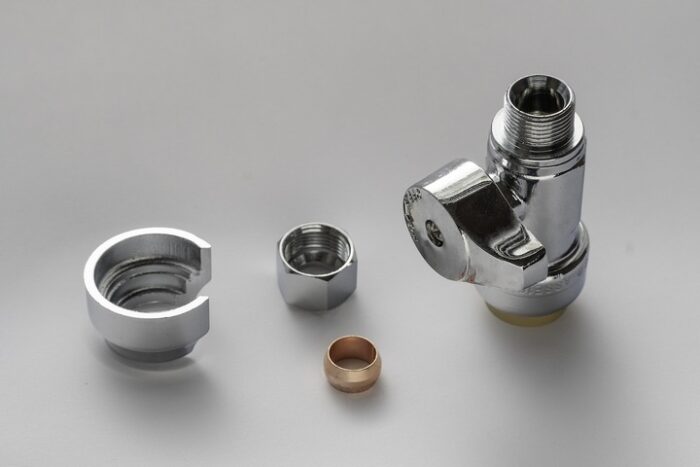
If your home’s faucet is leaking, you may be wondering why it’s happening and how to stop it. The causes of a leaking faucet can range from loose bolts, broken valves, worn washers, and aging seals. Fixing these typically requires you to have the necessary tools and supplies handy before beginning the process.
The most common cause of the leak from single handle faucets is an improper seal between the stem and its seat within the faucet body. This is caused by dirt and debris building up over time that keeps the stem from achieving a proper seal when connected to its seat. To repair this issue, you will need to remove any debris or buildup by thoroughly cleaning around the stem with a pin or a similar tool to loosen any dirt particles clinging onto it. If this does not solve your issue, you will need to replace both the stem and washer seals in order to restore a tight connection between them.
For two-handle faucets, they usually revolve around worn gaskets or o-rings around each handle that prevent water from leaking behind them when in use. To repair this type of leak, remove each handle individually by unscrewing them clockwise until they are completely detached from the base of your sink’s hardware. Next inspect for any obvious signs of wear on both handles before cleaning off all old gaskets using dental plaque or something similar with texture like sandpaper or steel wool until all buildup is removed from each part before replacing with new pieces accordingly using plumber’s tape for added security. Finally make sure everything is secured tightly with no exposed parts before turning on your water source to ensure further leaks do not occur in future use again without further repairs needed!
Preventing future leaks
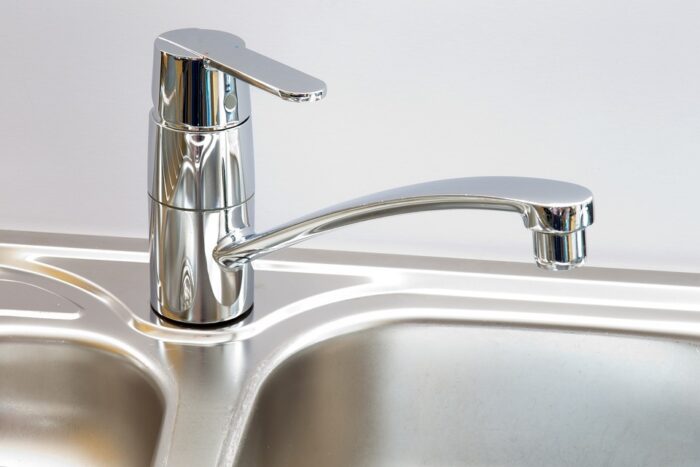
Spending some time now on maintenance and proper care can help prevent future leaking faucets in the future. To take good care of your faucet and protect it from leaking, you should:
- Regularly clean or replace the aerator by unscrewing it and brushing or flushing out minerals, sediment, or other particles that have been deposited.
- Check the connections underneath the sink and tighten them if needed.
- Periodically inspect all seals, gaskets and washers for cracking, dryness, or leaks which may signal that a replacement is due. Most parts can be purchased at hardware stores.
- Apply plumbing lubricant around O-rings to protect them against cracks caused by hard water buildup.
- Inspect showerheads regularly for leaks to help prevent a build up of mildew in moist areas and avoid the need for more expensive repairs down the line .
- Look at seals around doors and windows on a regular basis to make sure there are no gaps that could cause water seepage when temperatures change at different times of year.
When to Call a Professional for Help
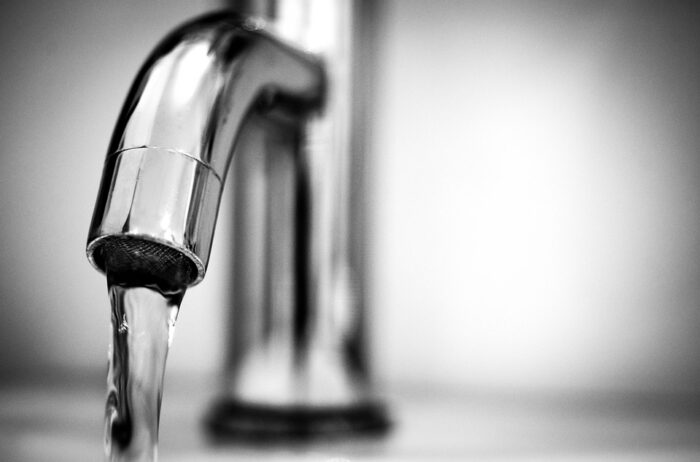
Here are a few things to keep in mind when deciding whether or not to call a professional:
The type of leak: If it is coming from the faucet itself, it may be something that can be fixed with a simple repair. However, if the leak is coming from the pipes, it will likely require more extensive work.
The severity: A small drip may not be cause for concern, but if the water is gushing out, it’s time to call a professional.
The frequency: If it only happens occasionally, it’s probably not worth calling a professional. However, if it’s happening all the time, it’s worth getting someone to take a look.
If you’re unsure about whether or not to call a professional for help with your leaky faucet, err on the side of caution and give them a call. It’s better to be safe than sorry!
Conclusion
In summary, fixing it can be a fairly easy process as long as you know what is causing the leak and how to go about resolving it. Many common problems are due to worn out washers, bad O-rings, improper installation, or mineral buildup.
If you have any questions or need assistance with solving your leaking faucet problem, it’s best to hire a licensed plumber. They have the expertise and experience necessary to diagnose and repair the various components of your plumbing system without further damage or disruption caused by an inexperienced DIY attempt.
With patience and some technical knowledge, you should be able to resolve your leaking faucet issue in no time at all!

